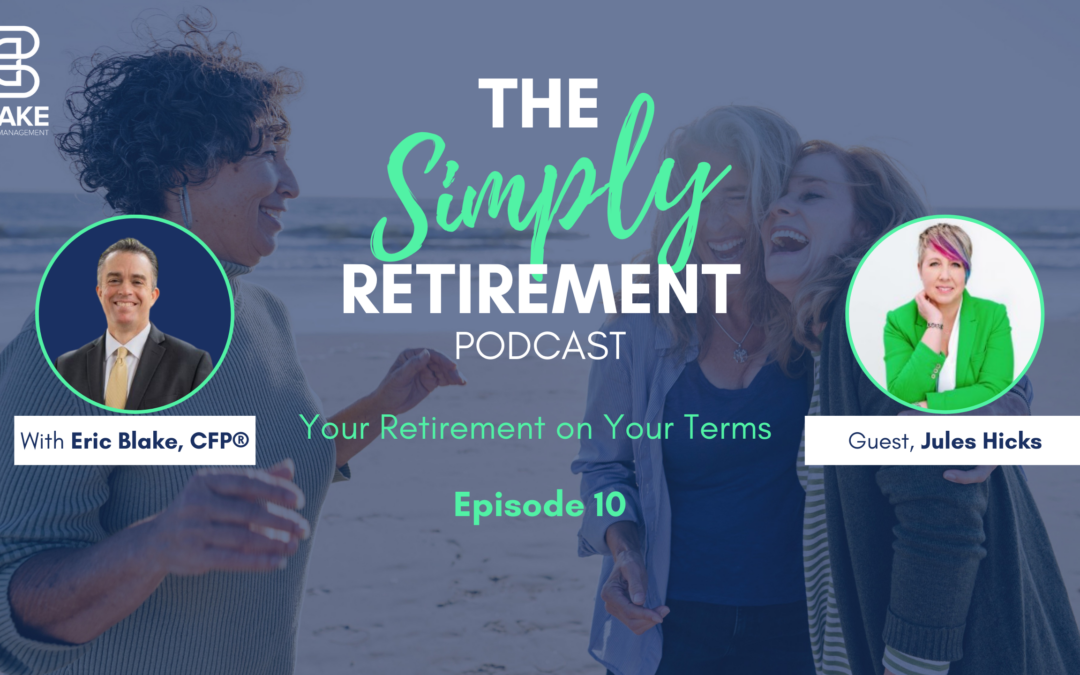By Rebecca Jackson (Brain Balance Achievement Centers)
As a working mom trying to fit into my skinny jeans (or any jeans these days) I try to work out a few times a week. A run for cardio, some pilates moves for my abs, squats and lunges to keep that group of muscles from sagging. I train the muscles I want to keep fit, but did you know you can approach the calming mechanism in your brain the same way?
With depression and anxiety rates tripling for adults during the current pandemic, we need to be armed with as many tools as possible to maintain our mental and emotional well-being.
We all experience stress, and for everyone, that stress has heightened in 2020. Change, not knowing what to expect for the future, worries about the health of your family and friends, finances, masks, virtual learning, the list goes on and on.
Have you ever wondered why in times of stress and anxiety some people experience this more intense and more frequently than others? Our experience of stress and anxiety is tied to many complicated aspects, but ONE of those aspects is the strength of the calming mechanism in your brain.
At this point, it is common knowledge that exercise is good for our mood and emotions. But we can get more targeted in our approach with the goal of being more targeted in the outcome — a calmer, and happier state of being. Not just exercise, but interval training.
To understand the power of interval training for the brain a quick explanation of the parasympathetic nervous system, PSN, is needed. The PSN is a part of your brain’s automated systems, things that function without you consciously controlling them. Heart rate, breathing, and food digestion to name a few. One of the jobs of this system is to return your brain and body to a resting state. Slow breathing, heart rate, and muscle relaxation. The calm needed to digest food, and to sleep. Every time these automated systems are activated to increase your heart rate, breathing, and pupil dilation, this system eventually needs to kick in to return you to rest. The more you activate this system, the more efficient it becomes in quickly returning your brain and body to rest and relaxation. CALM.
I love how this system is all linked. Your heart rate, breathing, pupil dilation, muscle contractions, and food digestion all work in coordination with each other. When under heightened stress or load, your body shifts energy and activation away from the core of your body to your extremities. This brings oxygenated blood away from your digestive system to your limbs so that you can run and move. The opposite happens when you rest, that energy shifts to your core, digesting food when you are relaxed and calm. Nervous tummy anyone? This is a great example of how an increased stress load can impact digestion.
Each time your “fight or flight” system is activated — when you elevate your heart rate, then “rest and digest” or parasympathetic nervous system kicks back in to return you to a state of calm. By engaging in interval training of spiking your heart rate, you are in turn engaging your calming system!
Take a step back to think through what events, times, or situations increase your stress. Whether these instances are logical or not, ponder when you experience your anxiety intensifying. Then apply interval training to that day’s routine. In an ideal world, you would exercise PRIOR to the stressful scenario, hoping to maintain your cool composure, but we don’t always have the luxury of knowing what stressors the day will bring. Exercising during or after stressful events can be helpful as well, and can help to speed up your return to calm.
Hate running? That’s OK. There are hundreds of ways to drive up your heart rate. Find a way that works for you. Burpees, jump rope, stair sprints, swimming, biking, trampoline. The list goes on and on. The key is pushing yourself to the point of being breathless, where your breathing would make it challenging to carry on a conversation. Then slow down to allow your body to recover. Repeat this process a minimum of three times.
A stressful upcoming week at work, a fight with a significant other, or just one of those days, weeks, or months you feel stuck in this state can be a great time to start to integrate this approach into your routine of training to engage and calm your brain.
Interval training is not only good for your brain and body, it can help provide you a greater sense of control over how you feel because let’s face it, feeling out of control is the worst. Using this strategy proactively may help you to keep the anxiety at bay.





































